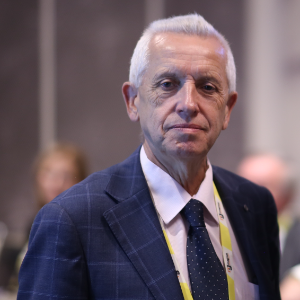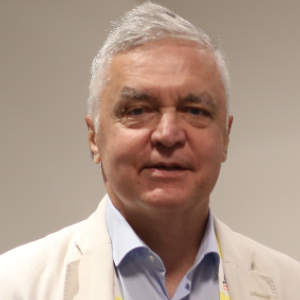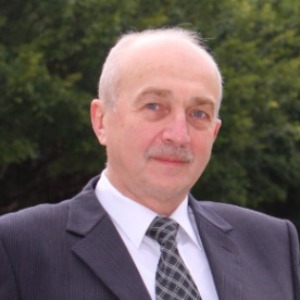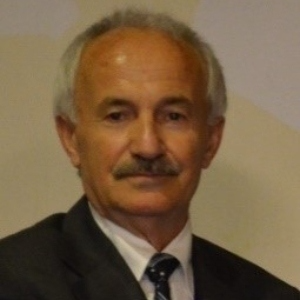Process intensification technologies are revolutionizing the landscape of green chemistry by offering innovative solutions to improve the efficiency and sustainability of chemical processes. These technologies focus on minimizing waste generation, energy consumption, and environmental impact while maximizing resource utilization and product yield. One prominent example of process intensification is the adoption of solvent-free or solvent-minimized reactions. By eliminating or reducing the use of organic solvents, which are often hazardous and environmentally harmful, these processes enhance safety and sustainability. Green solvents, such as water or supercritical carbon dioxide, are also being increasingly utilized to replace traditional organic solvents, further reducing the environmental footprint of chemical manufacturing.
Moreover, the implementation of catalytic processes represents another key aspect of process intensification in green chemistry. Catalysts enable reactions to proceed under milder conditions, reducing energy requirements and improving reaction efficiency. Additionally, catalytic processes often lead to higher selectivity and yield, minimizing the formation of unwanted by-products and reducing waste generation. Furthermore, the design and utilization of multifunctional reactors integrate multiple process steps into a single unit operation, thereby streamlining processes and minimizing energy and resource consumption. These reactors can facilitate complex transformations while minimizing intermediate handling and reducing the overall process footprint.

Stanislaw Dzwigaj
Sorbonne University, France
Dai Yeun Jeong
Asia Climate Change Education Center, Korea, Republic of
Sergey Suchkov
N.D. Zelinskii Institute for Organic Chemistry of the Russian Academy of Sciences, Russian Federation
Enrico Paris
CREA-IT & DIAEE, Italy
Rabeharitsara Andry Tahina
GPCI-ESPA Antananarivo University, Madagascar
Jiri Dedecek
J Heyrovsky Institute of Physical Chemistry , Czech Republic
Uday Som
Research and Development Engineer, Japan
Vladimir G Chigrinov
Hong Kong University of Science and Technology, Russian Federation



Title : Distant binuclear vanadium V(II) cationic sites in zeolites and their reactivity
Jiri Dedecek, J Heyrovsky Institute of Physical Chemistry , Czech Republic
Title : Advanced nanostructures for carbon neutrality and sustainable H₂ energy
Tokeer Ahmad, Jamia Millia Islamia, India
Title : Personalized and Precision Medicine (PPM) as a unique healthcare model via bi-odesign, bio- and chemical engineering, translational applications, and upgraded business modeling to secure the human healthcare and biosafety
Sergey Suchkov, N.D. Zelinskii Institute for Organic Chemistry of the Russian Academy of Sciences, Russian Federation
Title : Antibody-proteases as a generation of unique biomarkers, biocatalysts, potential targets and translational tools towards nanodesign-driven biochemical engineering and precision medical practice
Sergey Suchkov, N.D. Zelinskii Institute for Organic Chemistry of the Russian Academy of Sciences, Russian Federation
Title : Dimethyl ether synthesis from syngas over Cu-Zn/Al2O3 catalysts prepared using the Sol-Gel method
Uday Som, Research and Development Engineer, Japan
Title : Influence of various catalysts on H₂ enhancement and CO2 capture during syngas upgrading
Enrico Paris, CREA-IT & DIAEE, Italy
Title : Photoaligned azodye nanolayers : New nanotechnology for liquid crystal devices
Vladimir G Chigrinov, Hong Kong University of Science and Technology, Russian Federation
Title : Application of vanadium, tantalum and chromium single-site zeolite catalysts in catalysis
Stanislaw Dzwigaj, Sorbonne University, France
Title : Advances in heterogeneous catalysis for green conversion of propene to aldehydes and alcohols
Ram Sambhar Shukla, CSIR-Central Salt and Marine Chemicals Research Institute (CSMCRI), India
Title : Oxidation of methane to methanol over pairs of transition metal ions stabilized in the zeolite matrices
Jiri Dedecek, J Heyrovsky Institute of Physical Chemistry , Czech Republic